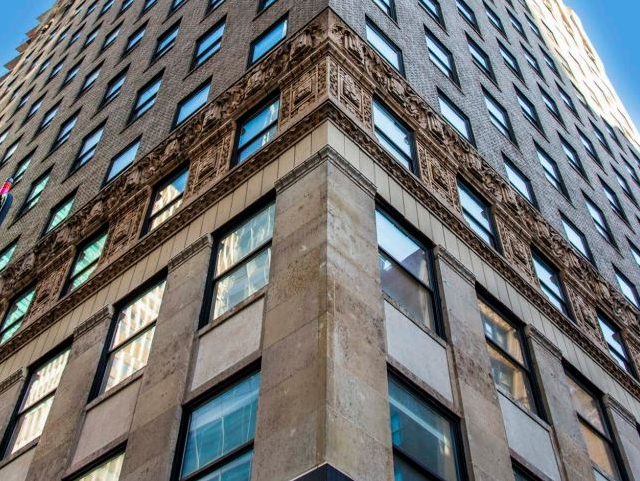Q&A: SITES Certification, a Natural LEED Extension
Copley Wolff Design Group Principal Sean Sanger shares details about the energy-efficiency program that builds on LEED’s framework of sustainability features, focusing on protecting the ecosystems.
Energy efficiency is one of the most constructive and cost-effective ways to address the challenges of high energy prices, energy security and independence, air pollution and global climate change. The Leadership in Energy and Environmental Design (LEED) green building rating system was designed more than two decades ago and today is the most widely used green building rating system in the world.
Building on LEED’s standard framework of sustainability, SITES certification is gaining ground. The program supports the unique conditions of each site, ushering landscape architects and engineers toward practices that protect ecosystems. Principal Sean Sanger from Boston-based landscape architecture and planning firm Copley Wolff Design Group discussed SITES’ structure and advantages with Commercial Property Executive.
What conditions must property owners meet to certify their properties? What about the property itself?
Sanger: SITES builds on LEED’s assessment of a given building and also considers site development and its connection to the local, regional and global context. Like LEED, SITES focuses on on-site context, water and materials selection. It also includes pre-design assessment of the project site with a heavy focus on existing soils and vegetation, human health and well-being, construction—air quality, sustainable practices, soil disturbance, soil restoration and recycling— operations/maintenance and education/performance monitoring.
Prerequisites include: limit development on farmland; protect floodplain functions; conserve aquatic ecosystems; conserve habitats for threatened and endangered species; manage precipitation on-site; reduce water use for irrigation; create and communicate a soil management plan; control and manage invasive plants; use appropriate soils; eliminate use of wood from threatened tree species; protect and maintain cultural and historic places; control and retain construction pollutants and restore soils disturbed during construction.
Which are the main differences between adapting a development for a SITES certification and designing a new development in compliance with SITES requirements?
Sanger: The process is very similar as both new and adaptive projects are required to meet certain prerequisites in order to eventually become certified.
How does SITES benefit property owners?
Sanger: SITES guiding principles focus on the land design and development process. Addressing environmental issues within the site design will help mitigate issues of climate change and save property owners money in the long term by reducing maintenance costs through protecting existing soils and vegetation, weathering storms and natural disasters, supporting local economies and sustainable policies through the use of local and regional materials and promoting human health and well-being through interactions with nature.
SITES and LEED complement each other. Which are the synergies and equivalences between LEED and SITES certifications?
Sanger: Both certifications support each other and strive to improve project sustainability. SITES’ goals go deeper into the site design by creating regenerative systems and fostering resiliency, while ensuring future resource supply and mitigating climate change. The program is transforming the market through design, development and maintenance practices and, at the same time, enhances human well-being and strengthens communities.
Which was the most challenging project you’ve worked on?
Sanger: Copley Wolff Design Group has worked on numerous college campuses throughout New England including Boston University and University of Connecticut. The Student Recreation Center, a new facility on UConn’s Storrs campus is the first SITES project the university has embarked on. The university was able to rethink some of their traditional campus-wide maintenance practices and improve sustainability on campus.
How do you see sustainability and energy efficiency unfold in the following years when it comes to site design?
Sanger: SITES design will continue to be a vital tool in mitigating climate change. Regardless of whether you are on the coast or in the heartland, we will all face increased environmental challenges and sustainable site design can help lessen the impact both physically and financially.








You must be logged in to post a comment.